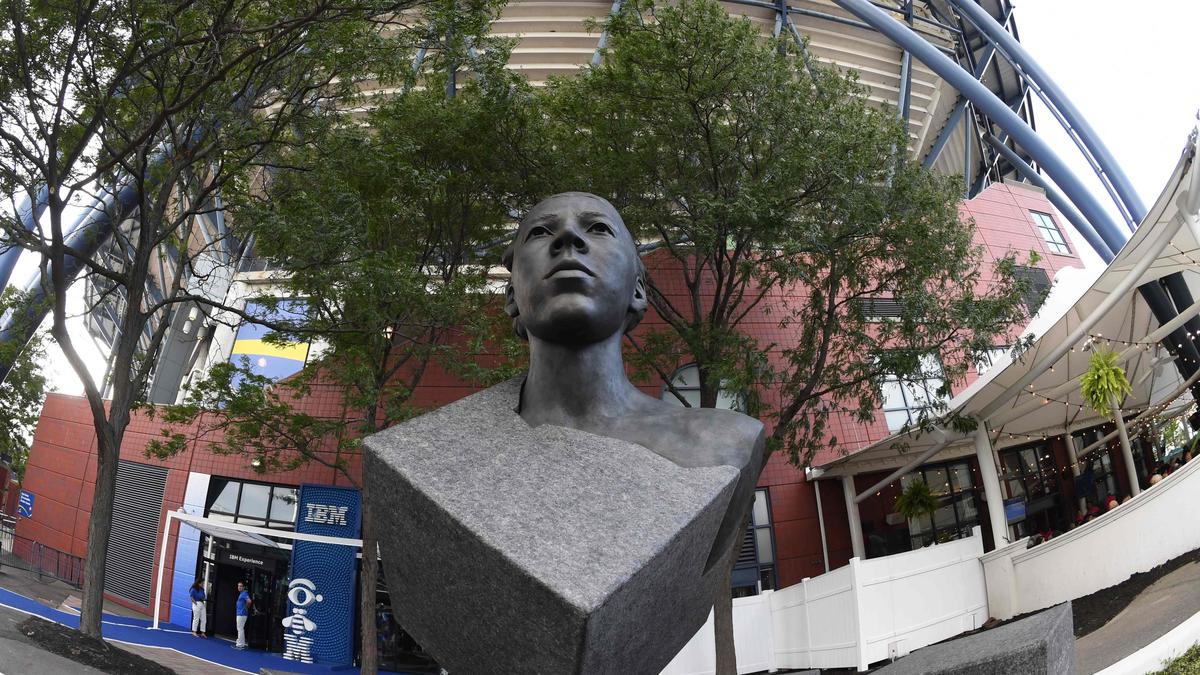The U.S. Open: A Legacy of Tennis Excellence
The U.S. Open, one of the four Grand Slam tournaments in tennis, has a rich history dating back to 1881. Originally known as the U.S. National Championships, the tournament was initially held at the Newport Casino in Rhode Island. In 1978, it moved to its current home at the USTA Billie Jean King National Tennis Center in Flushing Meadows, New York.
Over the years, the U.S. Open has witnessed some of the greatest moments in tennis history. In 1968, Arthur Ashe became the first African American man to win a Grand Slam singles title, breaking down racial barriers in the sport. In 1973, Billie Jean King led the “Battle of the Sexes” match against Bobby Riggs, which helped pave the way for women’s tennis.
The U.S. Open is known for its unique atmosphere and passionate fans. The tournament features three main show courts: Arthur Ashe Stadium, Louis Armstrong Stadium, and Grandstand Stadium. Arthur Ashe Stadium, the largest tennis stadium in the world, can accommodate over 23,000 spectators.
The U.S. Open has also been a platform for technological advancements in tennis. In 2006, it became the first Grand Slam tournament to use the Hawk-Eye line-calling system, which uses cameras to determine whether a ball is in or out. In 2018, the tournament introduced the “Shot Clock,” which gives players a limited amount of time to serve and return shots.
Beyond its on-court action, the U.S. Open is also a major cultural event. The tournament attracts celebrities, politicians, and fans from around the world. It features a variety of food and beverage options, as well as live music and entertainment.
The U.S. Open continues to be a symbol of tennis excellence and innovation. It is a tournament that has shaped the history of the sport and continues to inspire future generations of players and fans.






